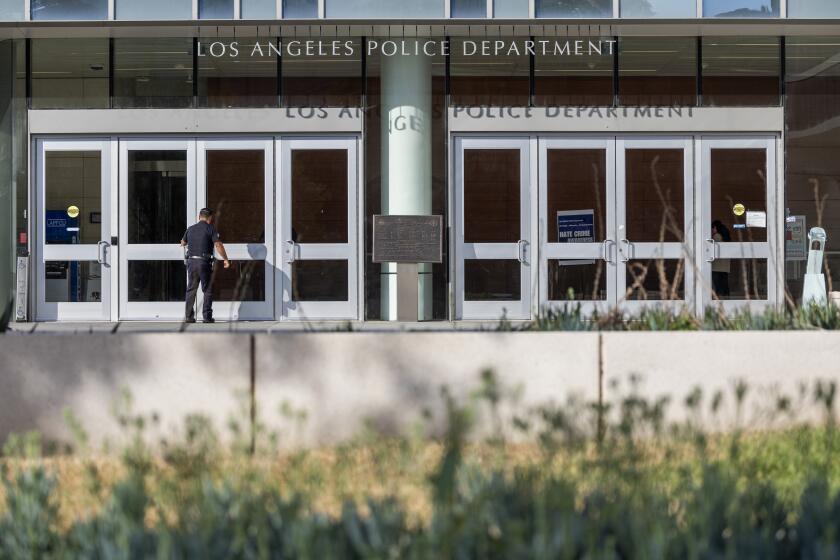Court Approves Refunds in Suit Over Foreclosures
An estimated 130,000 California homeowners who underwent foreclosure proceedings from 1970 through 1983 are eligible for refunds ranging from $50 to $500 under terms of a $4.4-million settlement of a class-action lawsuit.
San Francisco Superior Court Judge Ira Brown approved details Wednesday of the previously reported settlement of the suit against California’s largest foreclosure firm, Orange-based T. D. Service Co.
The agreement calls for T. D. Service and the 450 banks, title companies and other financial institutions that contracted with it to act as their agent in foreclosure proceedings to reimburse the homeowners for a portion of the foreclosure fees that they were assessed.
Notices explaining the settlement will be sent in July to affected homeowners whose foreclosures during the 13-year period were processed by T. D. Service, said Thomas Jenkins, the San Mateo attorney who filed the original class-action lawsuit in mid-1982, supported by the San Francisco law firm of Khourie & Crew.
The settlement terms also call for publication of advertisements seeking additional members of the homeowners’ class, Jenkins said Thursday.
The Jenkins-Khourie lawsuit and another filed by Santa Cruz County’s district attorney--which was settled earlier--accused T. D. Service Co. of paying “kickbacks” to financial institutions that hired it to process foreclosures. (Typically, T. D. Service split the foreclosure fees with the institutions that contracted for its services.) The lawsuits contended that homeowners should be assessed only the actual cost of processing the foreclosure and not automatically the maximum allowed by law.
That interpretation of state law--disputed by T. D. Service--was clarified by legislation that took effect Jan. 1, 1984, as part of settling the Santa Cruz County suit. The law now sets specific foreclosure fees while recognizing the legitimacy of foreclosure agents such as T. D. Service, which pioneered the agency concept.
Under the settlement, T. D. Service is to pay about one-fourth of the $4.4 million with the financial institutions contributing the rest, Jenkins said.










